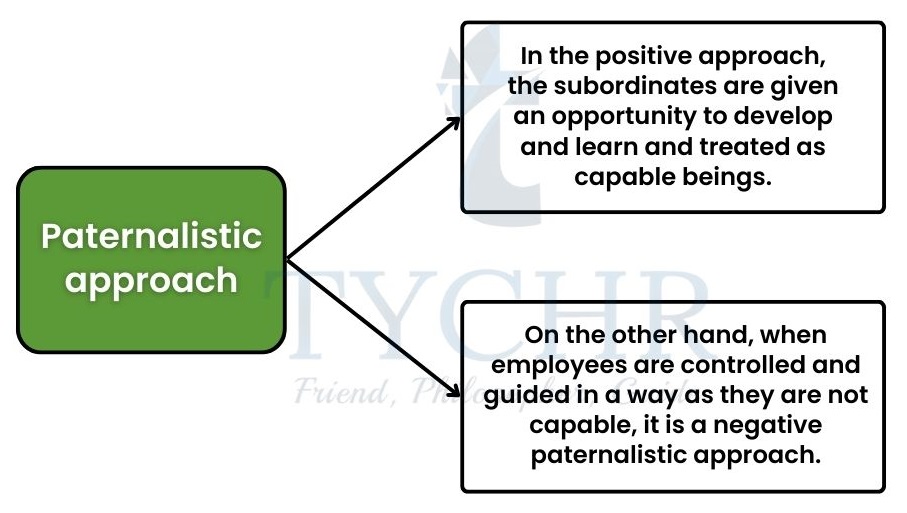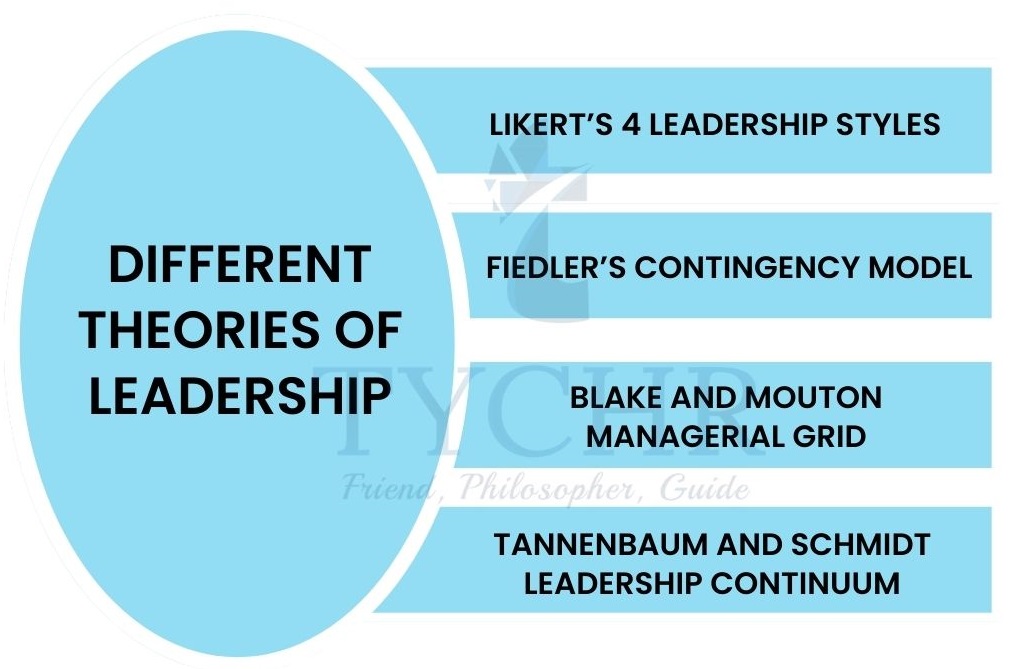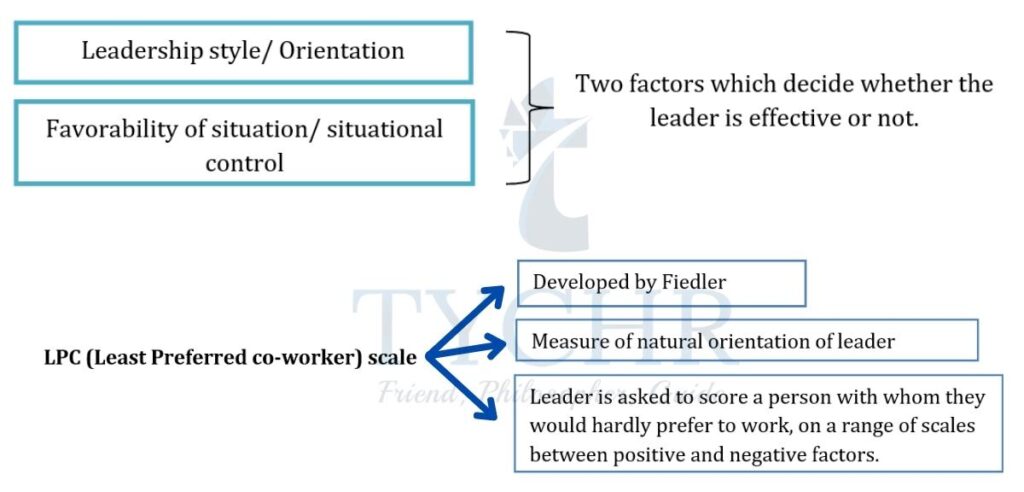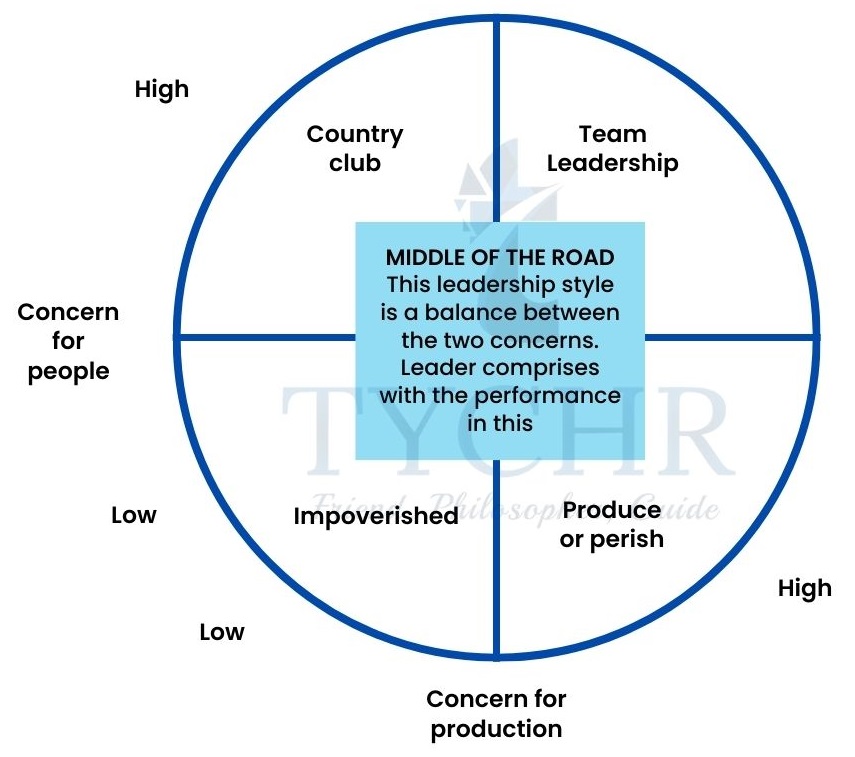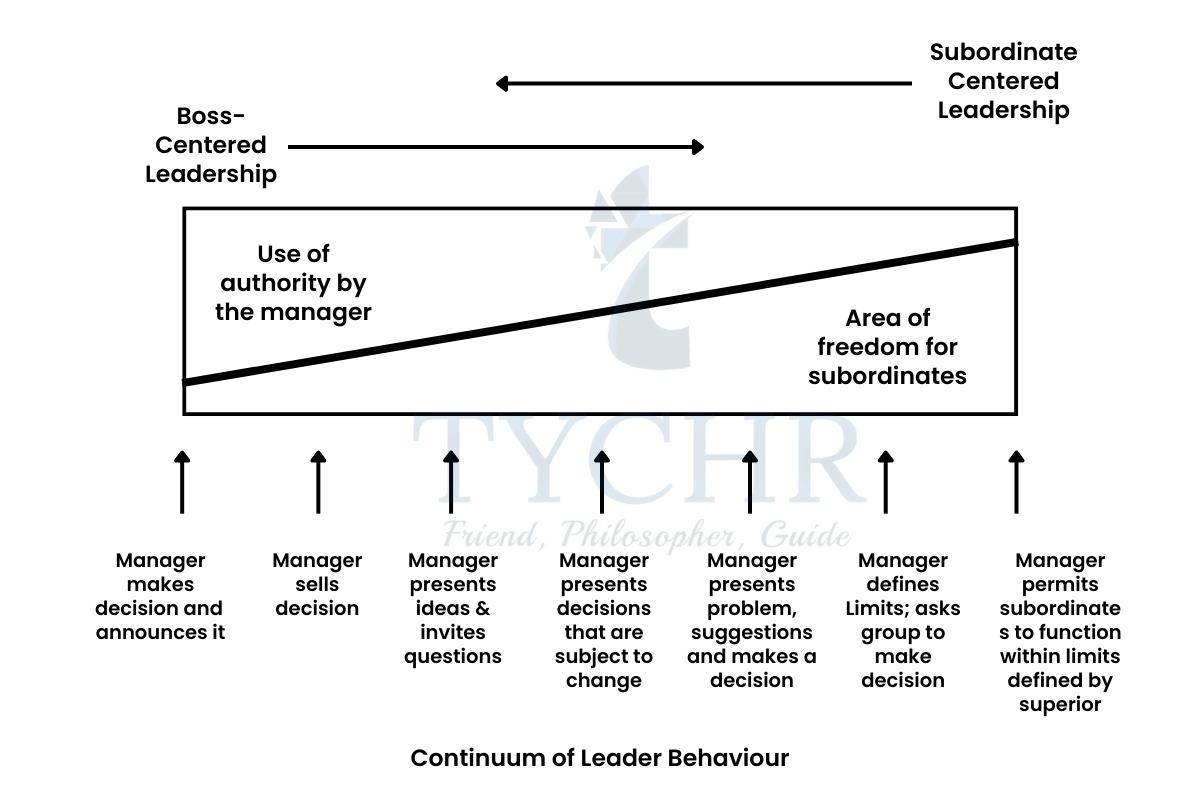leadership and management Notes
What is management?

According to Mary Parker Follet, “management is the art of getting things done through people”. The roles and responsibilities of a manager are defined as the functions of management. The five functions of management are as indicated in the figure.
The three different theories of authors Henri Fayol, Charles Handy and Peter Drucker for the explanation of the functions of management reflect three different perspectives and these are:

Theory of Henri Fayol
Five functions of management identified by Henri Fayol are planning (outline the plans of action to accomplish the organizational objectives), commanding (issue the directions to the team and subordinates to achieve the desired objectives), controlling (measure the performance of personnel with the guidelines and if there is any deviation, take corrective measures), coordinating (make sure that there is coordination in activities undertaken by different departments) and organizing (manage the resources, allocation of tasks, delegation, etc.)
Theory of Charles Handy
He defined three key roles of management.
- Managers as general practitioners are responsible to deal with all the health issues of business such as productivity, staff turnover, customer satisfaction, etc.
- Managers as confronters of dilemmas – Managers must delegate their work to their subordinates, take the responsibility for the assigned tasks, and deal with all the problems that arise in the process of doing this.
- Managers as balancers of cultural mix – It is the responsibility of the managers to balance the cultural mix in an organization.
Theory of Peter Drucker
According to Peter Drucker, the five functions of management include:
- Setting the organizational objectives
- Organizing the tasks and the human resources
- Communicating with and motivating the people
- Measure the performance of the employees
- Take responsibility to develop people and bring out the best in them by offering them enough opportunities.
Henry Mintzberg, a Canadian author on business management has highlighted three important roles of manager in his book, ‘The nature of managerial work’.
Interpersonal role
- Manager must act efficiently as a leader. Recruit and train the workforce, motivate the team and subordinates.
- Link with managers of different division/organization by participating in discussions and meetings.
Informational role
- Collect the data from the internal and external sources.
- Send the information collected to the relevant people in the organization.
- Information about the organization shared with external stakeholders.
Decisional role
- Act as an entrepreneur to find more opportunities for growth of business.
- Handle the changing situations and the risks.
- Allocate different financial, physical, and human resources.
- Act as the representative of the organization in all the important meetings and negotiations.
What is leadership?
It is a process, rather an art of managing a group of people in an inspiring and motivating manner to achieve the organizational objectives. A leader is one who motivates and inspires an individual/ group of individuals to get the things done. Each person has a different approach. Hence, the leadership style is also subjective. It varies from person to person. The different leadership styles are:
- Autocratic – An autocratic leader commands and issues the directions to the subordinates without considering their suggestions/opinions. The communication is one way (top to bottom). This leadership pattern causes demotivation among them. This authoritative style of leadership is suitable in an organization when the workers are unskilled (cannot give correct suggestions)/ when there is a situation of crisis/ when critical decisions are to be taken.
- Paternalistic- Subordinates are treated as family members by the paternalistic leader and decisions are taken in their best interest.
- Democratic- A democratic leader actively involves the subordinates/employees in the decision making. This is the healthy form of leadership whereby the people are given adequate opportunity to share their point of views and come up with creative ideas.
- Drawback- There is delay in decision-making because many people are involved. There is mismanagement if this style of leadership is adopted in times of emergency/ when the workforce is large.
- Laissez-faire- In the Laissez- faire pattern of leadership, the leaders set the objectives but leave it in the hands of employees to take up the decisions for their respective work completion. Although this leadership style is highly appreciated by the employees and motivates them largely, it leads to abrupt coordination since there is lack of direct guidance and support.
- Situational leadership – This style of leadership is quite significant for the organizations since it ensures the application of suitable form of leadership in different situations.
The five factors that influence the situational leadership are:
- Culture that exists within the organization
- Leader’s experience, leadership style and the extent of trust on employees
- Organizational structure
- To what extent are the tasks difficult, urgent, and important?
- Level of skills, motivation, and unity; and the number of subordinates/employees.
1) LIKERT’S 4 LEADERSHIP STYLES
- Exploitative authoritative: A leadership style where the employees’ viewpoints are not taken into consideration. Fear is created among the personnel to ensure that they agree with the decisions of the leader. Benevolent authoritative: There is some delegation of authority by managers to their subordinates. The employees are kept motivated by considering their viewpoints while making decisions. Consultative:
The leader makes efforts to hear the opinions of subordinates. Although they are being consulted before making any decisions, it entirely depends on the leader to consider/ ignore their opinions while making the final decision. - Participative: In this style of leadership, there is equal involvement/participation of the employees in every decision making. Their opinions are genuinely considered by the top management before arriving at a conclusion.
2) FIEDLER’S CONTINGENCY MODEL
- Developed by psychology researcher, Fred Fiedler.
- This model suggests that the effectiveness of a leader is dependent on the situation.
- LPC (Least Preferred co-worker) scale
- 3 aspects to decide the favorability of the situation:
- Leader member relation: The level of trust and confidence the team has in the leader.
- Task structure: The task to be done by the leader is structured/ unstructured.
- Leader’s position & power: The extent of authority the leader exercises to direct the team.
- A high LPC score (≥73) = Relationship oriented leader
- A low LPC score (≤ 54) = Task oriented leader, (55-72) = Mix of both
Thus, the right style of leadership which is favorable to the situation is determined and this helps in deciding whether the leader is effective or not.
3) BLAKE AND MOUTON MANAGERIAL GRID
4) TANNENBAUM AND SCHMIDT LEADERSHIP CONTINUUM
The model was designed by Robert Tannenbaum and Warren H. Schmidt and Robert Tannenbaum created the model. It demonstrates the connection between the team’s freedom and the authority of the leader. The diagram above depicts seven points, with the extremes represented by the far left and far right. It represents what will be leadership culture (the seven points) in an organization by establishing a relationship between the authority/control of leader and the freedom of the team members.
There are multiple theories of leadership that have been developed by various professors and researchers. But, practically, the CUEGIS factors influence the leadership style of a leader.
CUEGIS- Change, culture, ethics, globalization, innovation and strategy
Difference between management and leadership:
S. No. | Management | Leadership |
1) | ‘9 am to 5pm’ job. | Hectic 24-hour job. |
2) | Managers deal with tactical objectives | Leaders deal with strategic objectives (longer-term goals). |
3) | Managers have to deal with the questions | They have to deal with what and why questions, motivate and inspire people. |
4) | Their responsibility is limited to executing their managerial roles as per the functions of management. | The range of roles and responsibilities of leaders is broader. |
5) | Managers follow the predetermined policies and rules of management to achieve the objectives. | Leaders are the risk takers who encourage people to move forward beyond the set norms. |



